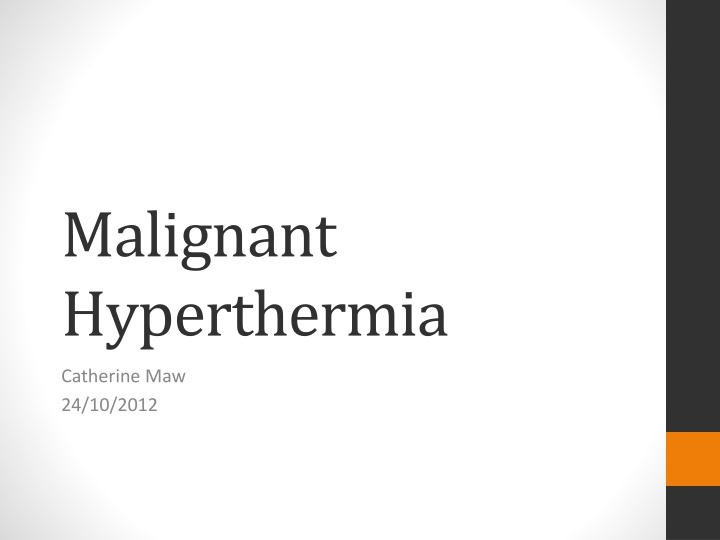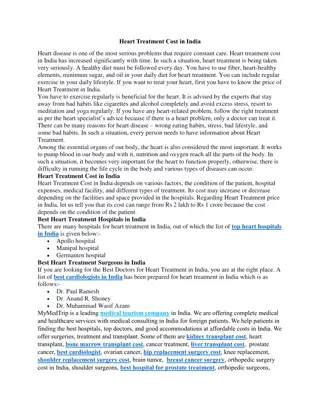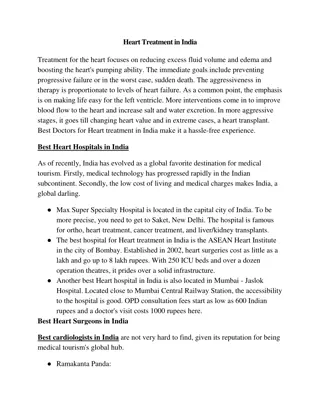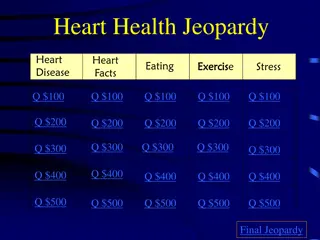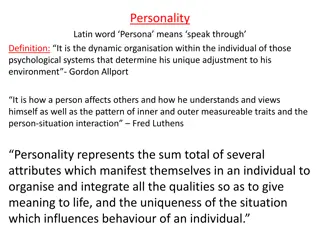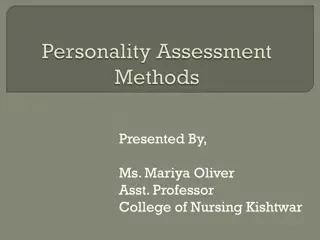Our Organisation's Personality: Humanity at the Heart of What We Do
Humanity is at the core of our organization's ethos, driving our actions towards real, tangible results. We focus on knowledge production, transfer, and strengthening, with a strong emphasis on leadership in health transformation. Collaboration, service, passion, effectiveness, advancement, and integrity are key values that shape our organization's personality.
Download Presentation

Please find below an Image/Link to download the presentation.
The content on the website is provided AS IS for your information and personal use only. It may not be sold, licensed, or shared on other websites without obtaining consent from the author.If you encounter any issues during the download, it is possible that the publisher has removed the file from their server.
You are allowed to download the files provided on this website for personal or commercial use, subject to the condition that they are used lawfully. All files are the property of their respective owners.
The content on the website is provided AS IS for your information and personal use only. It may not be sold, licensed, or shared on other websites without obtaining consent from the author.
E N D
Presentation Transcript
Malignant Hyperthermia Catherine Maw 24/10/2012
OUTLINE Define and discuss aetiology of thermal disorders Relevance to ICU Clinical Presentation of MH Differential diagnosis and pitfalls Treatment in theatre and ICU Subsequent management
Thermoregulation Balance between heat production and loss Hypothalamic thermoregulatory centre Pyrexia = resetting of thermoregulatory set point to a higher level by activation of heat conserving mechanisms Hyperthermia = failure of effector mechanisms to maintain the normal set point
Fever in the ICU Regulated hyperthermia Endogenous pyrogens (IL6 and PGE2) act on the hypothalamus Reset the thermoregulatory set point to higher temp Effector organs prevent heat loss May be protective When pyrogens decrease, set point decreases Deleterious effects ( CO, O2 consumption, CO2 production)
Hyperthermia Failure of effector mechanisms to maintain the hypothalamic set point (core 40 C) Heat stroke Drug induced hyperthermias (MH, NMS, Serotonin syndrome, sympathomimetic syndrome, anticholinergic syndrome) Heat injury is the insult Protein denaturation and lipid dissolution at 42 C (core)
Why is it fatal? Direct cellular damage Increases membrane permeability Activation of Na-K-ATPase pump ATP depletion Tissue oedema Cytokine activation, coagulation cascade activation Cellular death (lactate, hyperkalaemia, acidosis) Similar picture to sepsis
Why? Metabolic acidosis Hyperkalaemia Rhabdomyolysis Renal failure DIC Liver failure Death
Australian History 1960: Dr Jim Villiers at Royal Melbourne Hospital Patient with 10 family members who died under GA Patient had malignant hyperthermia (MH) Villiers presented the successful anaesthetic outcome 1972: Lancet. Denborough and Lovell. Royal Melbourne (one of 3) centres for MH
Definition and Aetiology Pharmacological disease of skeletal muscle Hypermetabolic crisis Induced by exposure to volatile anaesthetic agents or Suxamethonium Loss of normal calcium homeostasis Unregulated release of Calcium form the sarcoplasmic reticulum Myocyte hypermetabolism
Relevance Anaesthetic complication Ongoing patient care will always involve ICU Insidious versus acute True MH rare Hyperthermia differentials more common
Epidemiology 1 in 10,000 to 1 in 30,000 anaesthetics Young adults (45-55% of cases in <19 years) More frequent in minor ops Male > Female 2:1 Mortality previously 70-80% Reduced to 2-3% now
Genetics of MH Majority of MH susceptible patients have mutations on RYR1 or DHP genes Inherited or spontaneous 50% Autosomal Dominant 200 mutations identified 29 have causality
Pathophysiology ctd Sustained muscle contraction due to high levels of myoplasmic calcium Heat generated (initial insult) Cascade similar to sepsis/systemic inflammation Initial aerobic metabolism generating CO2 and cellular acidosis Then Oxygen and ATP depletion worsening acidosis and lactate production Depleted energy muscle death and rhabdomyolysis
Risk Factors Positive family history Previous exposure to Suxamethonium or volatiles Exertional heat stroke Exercise induced rhabdomyolysis Central core disease Scoliosis Strabismus surgery
Early Prolonged masseter muscle spasm after Suxamethonium Inappropriately ETCO2 or tachypnoea during spontaneous respiration (ETCO2 >60) Inappropriately ETCO2 (ETCO2 >55) during controlled ventilation Inappropriate tachycardia Cardiac arrhythmias, especially ventricular ectopics
Developing Developing rise in temperature (0.5 C per 15 mins) Progressive respiratory and later metabolic acidosis Hyperkalaemia Profuse sweating Cardiovascular instability Desaturation Generalised muscle rigidity
Late Myoglobinuria Myalgia Grossly elevated CK Coagulopathy Cardiac arrest
Differential diagnosis Inadequate anaesthesia / machine issue / patient factor Sepsis Intracerebral infection or bleed Recreational drugs Neuroleptic malignant syndrome Thyroid storm Phaeochromocytoma
Management ANZCA suggest MH Resource kit Link to mhanz Task cards based on the aviation safety model If diagnosis is suspected: Declare Emergency Call for HELP and send for MH resource kit Turn off the volatile and remove vaporisers Hyperventilate on >15l/min fresh gas flows with 100% O2 TIVA
Ongoing Care ICU for ventilatory support, haemodynamic monitoring, renal support CK peaks at 14 hours Dantrolene does not effect cardiac or smooth muscle Recrudescence in 25% 1mg/kg Dantrolene every 6 hours for 48 hours
MH Susceptibility Testing Gold standard is the contracture test In vitro response of a fresh sample of muscle tissue to Caffeine or Halothane Muscle strip in physiological solution is attached to a strain gauge and electrically stimulated to measure baseline tension Repeat in Halothane and Caffeine High sensitivity and specificity Expensive and specialist referral needed Genetic testing cheaper but sensitivity 30-50%
